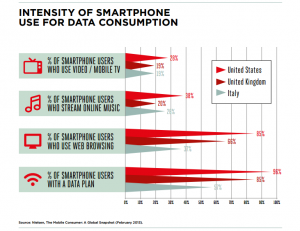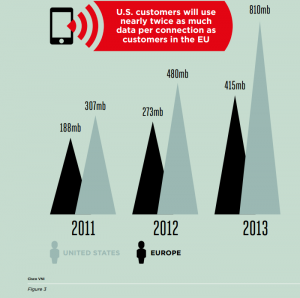Team 3: Post Project Audit
The objective of this project was to organize a garage sale as a means to raise funds for a non-profit organization, as well as soliciting additional donations online through YouCaring. Our team coordinated the logistical details to arrange the event, solicited donations, and ran the sale on the day of the event, July 20, 2013. The proceeds went to Educational Assistance Ltd (EAL), a 501© (3) non-profit organization that creates college scholarship for needy students from donated excess inventory. Additionally, EAL collects excess inventory by placing inventory bins in accredited colleges and universities.
Our main objective was to raise as much money as possible for EAL through a successful garage sale. One of the success factors for our team was implementing such a tedious project in such a short span of time. The garage sale organized by us included items that our friends and family had donated. So, a lot of time and effort was spent on picking up items from their place and storing them in ours and eventually moving them to Lane’s place where we had the garage sale. A lot of planning and organizing and sorting work happened before the actual day of the sale. On the day of sale, we had at least 40 families that attended the garage sale and bought different items. This was accomplished through advertising on Craig’s List, the local newspaper and by putting up signs in the neighborhood. We also made sure we were always greeting our customers and answering their questions. Since our objective was to make money, we did not turn down a lot of customers if they wanted a lower price on a product. We encouraged them to negotiate and tried to make the sale as every dollar that we made was going towards tuition and expenses of a needy student.
Garage sale is a good idea in terms of raising money. We raised a total of $625, however, there is a lot of time and effort that goes into planning and having a garage successful garage sale. As a team, if we had put in the same amount of time and efforts into a different project, we would have definitely raised more money for the nonprofit organization. So, it might be better for future teams to not pick garage sale as a project for raising money.
One of our biggest takeaways was in the area of communication. While we did a good job dividing the tasks in the early going so everyone knew what they would be responsible for, there were still a number of decisions that needed to be made along the way. Given the busyness of everyone’s schedule, our primary mode of communication was e-mail. It was difficult at times to keep track of the several e-mail threads that could be going on simultaneously. Teams communicating this way in the future may be best served by limiting the number of active threads and clearly titling each subject line to help people find the information they’re looking for in a previous e-mail.
The importance of managing the mindset of the people attending the event was another lesson we learned. People come to a garage sale to be thrifty so while a number of people made donations to EAL at the event they were usually only a dollar or two. It’s probably better to do a “fun” event where people are in a good mood and come expecting to donate (or be charged) a larger amount of money.



